Health
Best Essential oils for high blood pressure – How to use them & Safety
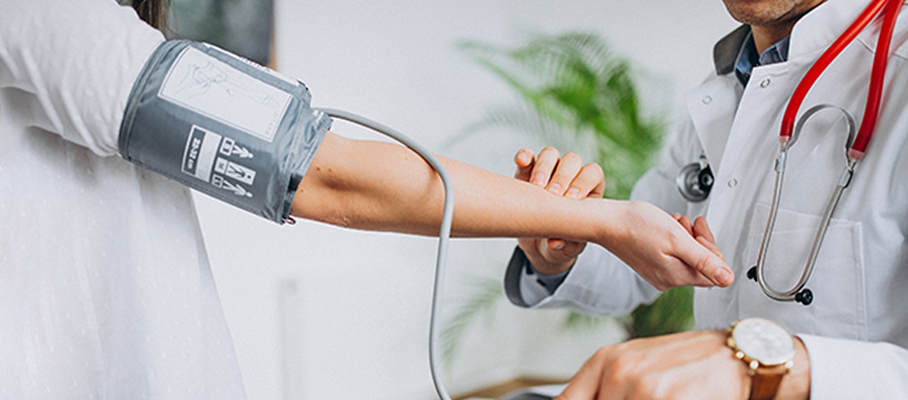
High blood pressure, or hypertension, is a common health condition that can increase the risk of serious health problems such as heart disease and stroke. While medications are often prescribed to help manage hypertension, some people may also be interested in natural remedies, such as essential oils, to help lower their blood pressure. This blog will look at some of the best essential oils for high blood pressure and how to use them safely.
Before we dive into the specific oils, it’s important to note that essential oils should not be used as a sole treatment for high blood pressure. It’s always best to consult with a healthcare professional before incorporating essential oils into your treatment plan. With that said, some research suggests that certain essential oils may have potential benefits for reducing blood pressure. Let’s take a look at some of the most promising options.
Top Essential Oils for High Blood Pressure
Here are the best essential oils that may help manage high blood pressure:
- Jasmine oil: Extracted from the flowers of the jasmine plant, jasmine essential oil has a sweet, floral scent. It is traditionally used to help with anxiety and stress, and some research suggests that it may also have blood pressure-lowering effects. It’s important to note that more research is needed to understand the potential blood pressure-lowering effects of jasmine oil fully, and it should not be used as a sole treatment for high blood pressure. It’s always best to consult with a healthcare professional before incorporating jasmine oil or any other essential oil into your treatment plan.
- Lavender oil: Lavender oil is known for its calming and relaxing properties and may also have some blood pressure-lowering effects. One study found that inhaling lavender oil for 15 minutes significantly reduced systolic blood pressure in people with hypertension.
- Frankincense oil: Frankincense oil has been used for centuries in traditional medicine and is believed to have some health benefits. Some research suggests that it may be effective at lowering blood pressure, particularly in people with high blood pressure who are also experiencing anxiety.
- Ylang-ylang oil: Ylang-ylang oil is extracted from the flowers of the Cananga tree and is known for its sweet, floral scent. It has been traditionally used to treat hypertension, and some research suggests that it may be effective at lowering blood pressure.
- Peppermint oil: Peppermint oil is often used to help with digestive issues but may also have some blood pressure-lowering effects. In one study, people with hypertension who inhaled peppermint oil experienced a significant reduction in systolic blood pressure.
- Rosemary oil: Rosemary oil is extracted from the rosemary plant leaves and has various potential health benefits. Some research suggests that it may be effective at lowering blood pressure, particularly in people with hypertension who are also experiencing stress.
- Grapefruit oil: Grapefruit oil is extracted from the grapefruit peel and has a refreshing citrus scent. Some research suggests that it may have blood pressure-lowering effects, although more research is needed to confirm this.
- Marjoram oil: Marjoram oil is extracted from the leaves and flowers of the marjoram plant and has a warm, woody scent. It is traditionally used to help with anxiety and stress, and some research suggests it may also be effective at lowering blood pressure.
- Thyme oil: Thyme oil is extracted from the leaves and flowers of the thyme plant and has a strong, herbaceous scent. Some research suggests that it may have blood pressure-lowering effects, although more research is needed to confirm this.
- Lemon oil: Lemon oil is extracted from the peel of the lemon and has a refreshing citrus scent. It is traditionally used to help with anxiety and stress, and some research suggests it may also be effective at lowering blood pressure.
How To Use
There are several ways to use essential oils for managing high blood pressure:
- Aromatherapy: One of the most common ways to use essential oils is through aromatherapy, which involves inhaling the oils. You can use an essential oil diffuser to disperse the oils into the air or add a few drops of oil to a tissue or cotton ball and inhale the aroma directly.
- Topical application: Some essential oils can be applied topically to the skin, although it’s important to dilute them with a carrier oil (such as coconut oil or almond oil) to reduce the risk of skin irritation. You can apply the diluted essential oil to your wrists, temples, or other areas and massage it.
- Internal use: Some essential oils can be taken internally, although this is generally not recommended without the guidance of a healthcare professional. Internal use of essential oils can be dangerous and cause serious side effects.
It’s important to follow the instructions for essential oils and be cautious when using them, as they can be potent and may cause side effects in some people. Check the label for any precautions or contraindications, and never use an essential oil undiluted or at a higher concentration than recommended.
DIY Blends Recipes for High Blood Pressure
Here are a few DIY blends using essential oils that may help manage high blood pressure:
- Calming blend: Combine 5 drops of lavender oil, 3 drops of frankincense oil, and 2 drops of ylang-ylang oil. Add the blend to a diffuser and inhale the aroma, or dilute it with a carrier oil and apply it topically to your wrists or temples.
- Stress-relieving blend: Combine 5 drops of peppermint oil, 4 drops of rosemary oil, and 3 drops of lemon oil. Add the blend to a diffuser and inhale the aroma, or dilute it with a carrier oil and apply it topically to your wrists or temples.
- Relaxing blend: Combine 5 drops of jasmine oil, 4 drops of marjoram oil, and 3 drops of bergamot oil. Add the blend to a diffuser and inhale the aroma, or dilute it with a carrier oil and apply it topically to your wrists or temples.
Remember to use caution when using essential oils, as they can be potent and cause side effects in some people. Be sure to follow the instructions for using essential oils and to check the label for any precautions or contraindications.
Safety Precautions
It’s important to use caution when using essential oils, as they can be potent and may cause side effects in some people. Here are a few safety precautions to consider:
- Dilute essential oils with a carrier oil: Essential oils should never be used undiluted or at a higher concentration than recommended. It’s important to dilute them with carrier oil, such as coconut oil or almond oil, to reduce the risk of skin irritation.
- Do a patch test: Before using an essential oil topically, it’s a good idea to do a patch test to ensure you don’t have an allergic reaction. To do a patch test, dilute a small amount of the essential oil with carrier oil and apply a small amount to a patch of skin on the inside of your elbow. Wait 24 hours to see if there is any redness or irritation.
- Use caution when using essential oils around children: Essential oils should be used with caution around children and should always be diluted before use. Children’s skin is more sensitive than adults, and they may be more prone to irritation.
- Be cautious when using essential oils during pregnancy: Some essential oils should be avoided during pregnancy, as they may be toxic or have hormonal effects. If you are pregnant and considering using essential oils, you must consult a healthcare professional before using any oils.
- Follow the instructions for use: It’s important to follow the instructions for using essential oils and to check the label for any precautions or contraindications. If you have any concerns about using essential oils, it’s always best to consult with a healthcare professional.
Conclusion
In conclusion, essential oils may be a helpful addition to your treatment plan for managing high blood pressure. Some research suggests that certain oils, such as lavender, frankincense, ylang-ylang, peppermint, and rosemary, may have blood pressure-lowering effects.
However, it’s important to remember that essential oils should not be used as a sole treatment for high blood pressure and should be used with caution. It’s always best to consult with a healthcare professional before incorporating essential oils into your treatment plan.
When used safely and appropriately, essential oils may be a natural way to help manage hypertension and improve overall health.

Health
Nourish Your Life Today And Expand Your Life Span in 2024
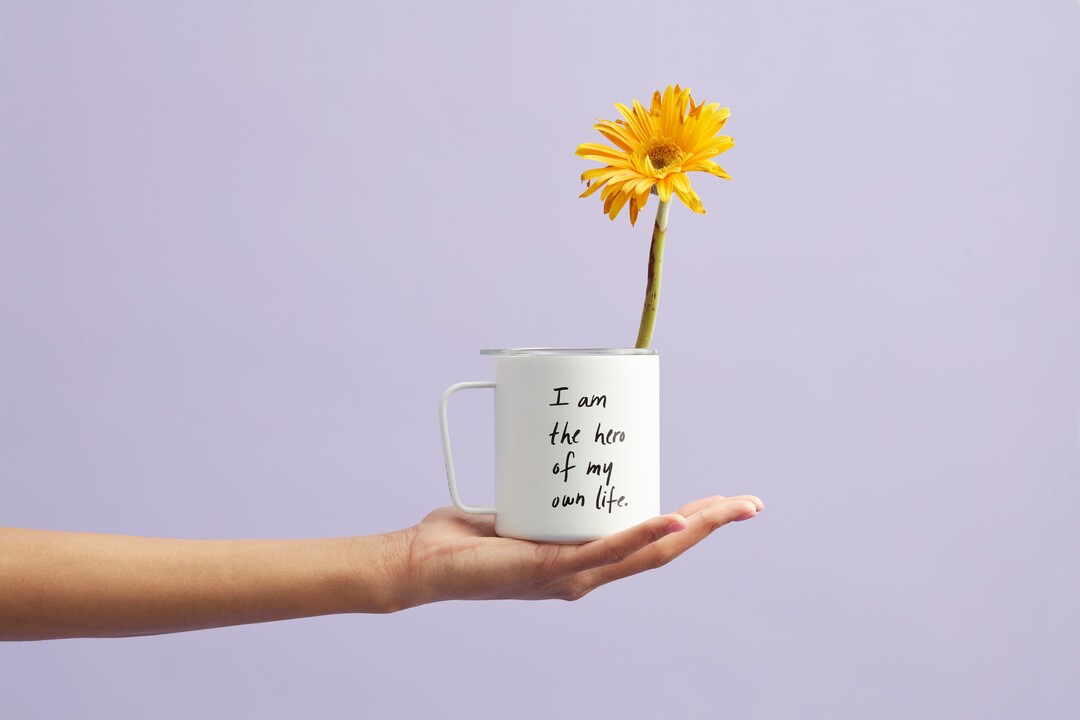
In a world that often demands more than it gives, finding ways to nourish your life can lead to a more fulfilling and balanced existence. Nourishment goes beyond the food we eat; it encompasses our mental, emotional, and physical well-being. To truly nourish your life, it’s essential to cultivate habits and practices that promote overall health and happiness. This comprehensive guide will explore various strategies to help you nourish your life in every aspect.
1. Understanding True Nourishment
What Does It Mean to Nourish Your Life?
Nourishing your life means providing the necessary sustenance for your body, mind, and soul to thrive. It involves adopting a holistic approach that includes healthy eating, mental well-being, emotional balance, and physical fitness.
The Importance of Holistic Well-being
Holistic well-being recognizes the interconnectedness of the different aspects of our lives. By addressing all areas—physical, mental, emotional, and spiritual—we can achieve a state of harmony and balance.
2. Nourishing Your Body
Balanced Nutrition
Eating a balanced diet rich in fruits, vegetables, whole grains, lean proteins, and healthy fats is fundamental to nourishing your body. These foods provide essential nutrients that support overall health and vitality.
Hydration
Staying hydrated is crucial for bodily functions, including digestion, circulation, and temperature regulation. Aim to drink at least 8 glasses of water daily and adjust based on your activity level and environment.
Regular Exercise
Incorporating regular physical activity into your routine helps maintain a healthy weight, boosts energy levels, and improves mood. Choose activities you enjoy, such as walking, cycling, swimming, or yoga.
Adequate Sleep
Quality sleep is essential for physical health and cognitive function. Establish a consistent sleep routine and aim for 7-9 hours of sleep per night to ensure your body can rest and repair.
3. Nourishing Your Mind
Continuous Learning
Keeping your mind active through continuous learning helps maintain cognitive function and mental agility. Engage in activities like reading, puzzles, learning a new skill, or taking up a hobby.
Mindfulness and Meditation
Practicing mindfulness and meditation can reduce stress, enhance focus, and promote emotional stability. Start with a few minutes each day and gradually increase the duration as you become more comfortable.
Mental Health Support
Seeking support for mental health issues is crucial. Therapy, counseling, and support groups can provide valuable resources for managing stress, anxiety, depression, and other mental health conditions.
4. Nourishing Your Emotional Health
Building Resilience
Resilience is the ability to bounce back from adversity. Cultivate resilience by developing a positive outlook, practicing self-compassion, and maintaining a strong support network.
Emotional Expression
Expressing emotions in a healthy way is vital for emotional health. Journaling, talking to a friend, or engaging in creative activities like art or music can help process and express feelings.
Healthy Relationships
Building and maintaining healthy relationships contribute significantly to emotional well-being. Invest time in nurturing connections with family, friends, and loved ones.
5. Nourishing Your Spirit
Finding Purpose and Meaning
Having a sense of purpose and meaning in life is essential for spiritual nourishment. This can come from work, hobbies, volunteering, or other activities that provide a sense of fulfillment.
Spiritual Practices
Engaging in spiritual practices, whether through religion, meditation, or personal reflection, can enhance your sense of connection and inner peace.
Nature Connection
Spending time in nature can be incredibly grounding and rejuvenating. Activities like hiking, gardening, or simply sitting in a park can foster a deeper connection with the natural world.
6. Practical Steps to Nourish Your Life
Setting Goals
Set realistic and achievable goals that align with your values and passions. Having clear goals gives direction and purpose, motivating you to make positive changes.
Creating a Routine
Establishing a daily routine that includes time for self-care, work, and leisure helps create balance. Consistency in your routine can lead to better habits and improved well-being.
Self-Care Practices
Self-care involves taking deliberate actions to care for your physical, mental, and emotional health. This could include activities like taking a relaxing bath, reading a book, or practicing yoga.
7. Overcoming Barriers to Nourishment
Time Management
One of the biggest challenges to nourishing your life is finding the time. Prioritize your well-being by scheduling time for activities that nourish you, and learn to say no to commitments that drain your energy.
Staying Motivated
Maintaining motivation can be difficult. Surround yourself with supportive people, track your progress, and celebrate small victories to stay motivated on your journey.
Access to Resources
Access to resources like healthy food, fitness facilities, and mental health support can be a barrier. Explore community resources, online programs, and affordable options to overcome these challenges.
8. The Benefits of a Nourished Life
Improved Physical Health
Adopting nourishing habits can lead to better physical health, including increased energy levels, improved immune function, and reduced risk of chronic diseases.
Enhanced Mental Clarity
Nourishing your mind through continuous learning and mental health support can enhance cognitive function, memory, and mental clarity.
Greater Emotional Stability
Practicing emotional expression and building resilience can lead to greater emotional stability, reducing stress and improving overall mood.
Deeper Spiritual Connection
Engaging in spiritual practices and finding purpose can lead to a deeper sense of connection and inner peace, enriching your life experience.
Conclusion
Nourishing your life is an ongoing journey that requires intentional effort and commitment. By addressing all aspects of well-being—physical, mental, emotional, and spiritual—you can achieve a balanced and fulfilling life. Remember, small, consistent changes can lead to significant improvements in your overall well-being.
FAQs
1. How can I start incorporating mindfulness into my daily routine?
Begin with short sessions of mindfulness meditation, focusing on your breath and being present in the moment. Gradually increase the duration and try to incorporate mindfulness into everyday activities like eating and walking.
2. What are some affordable ways to improve personal well-being?
Affordable ways to improve well-being include practicing yoga at home, using free health apps, engaging in outdoor activities, and connecting with supportive communities online or locally.
3. How does wearable technology benefit personal well-being?
Wearable technology helps track physical activity, monitor sleep patterns, and provide health insights, enabling individuals to make informed decisions about their well-being and maintain healthy habits.
4. What are some effective stress management techniques?
Effective stress management techniques include mindfulness meditation, deep breathing exercises, physical activity, journaling, and spending time in nature.
5. How can I maintain a work-life balance?
Maintain a work-life balance by setting boundaries, prioritizing tasks, taking regular breaks, and ensuring time for personal activities and relaxation. Flexible working conditions and ergonomic workspaces also help in achieving this balance.
Health
How Europeans can use surrogacy in Ukraine to find their happiness

Surrogacy has emerged as a viable option for individuals and couples across the globe facing challenges with conception or pregnancy. Among the countries offering surrogacy services, Ukraine has gained prominence as a popular destination, attracting prospective parents from Europe and beyond. In this comprehensive guide, we delve into the landscape of surrogacy in Ukraine, providing insights, considerations, and essential information for European individuals and couples exploring this pathway to parenthood.
The Legal Landscape of Surrogacy
One of the primary draws of surrogacy in Ukraine for European intended parents is its favorable legal framework. Ukrainian legislation permits surrogacy arrangements, providing a clear legal pathway for establishing parental rights. The country’s laws prioritize the rights of intended parents, ensuring that they are recognized as the legal parents of the child born through surrogacy, with the surrogate and her husband (if applicable) relinquishing all parental rights.

Medical Expertise and Infrastructure
Ukraine boasts a robust medical infrastructure and a wealth of fertility clinics with advanced technologies and experienced professionals specializing in assisted reproductive techniques. Prospective parents can access comprehensive medical evaluations, fertility treatments, and surrogacy services tailored to their specific needs.
Surrogacy in Ukraine: Affordability and Accessibility
Compared to surrogacy options in other European countries or the United States, surrogacy in Ukraine is often more affordable, making it an attractive option for European individuals and couples seeking cost-effective alternatives. The relatively lower cost does not compromise the quality of medical care or legal protections, offering a compelling value proposition for prospective parents.
Ethical Considerations
While Ukraine provides a conducive legal and medical environment for surrogacy, prospective parents should approach the process with ethical considerations in mind. It is essential to prioritize the well-being and rights of all parties involved, including the surrogate, egg donor (if applicable), and the child. Open communication, transparency, and respect for the autonomy and dignity of the surrogate are paramount throughout the surrogacy journey.
Cultural and Logistical Factors of Surrogacy
European intended parents embarking on the surrogacy journey in Ukraine may encounter cultural and logistical differences. Understanding and navigating these nuances, including language barriers, cultural norms, and logistical arrangements, are integral to ensuring a smooth and successful surrogacy experience.
Surrogacy in Ukraine offers European individuals and couples a promising pathway to parenthood, combining legal clarity, medical expertise, affordability, and accessibility. By familiarizing themselves with the legal framework, medical infrastructure, ethical considerations, and cultural aspects of surrogacy in Ukraine, prospective parents can make informed decisions and embark on their journey to building a family with confidence and peace of mind.
Health
What Exercise You Should Do During Periods?
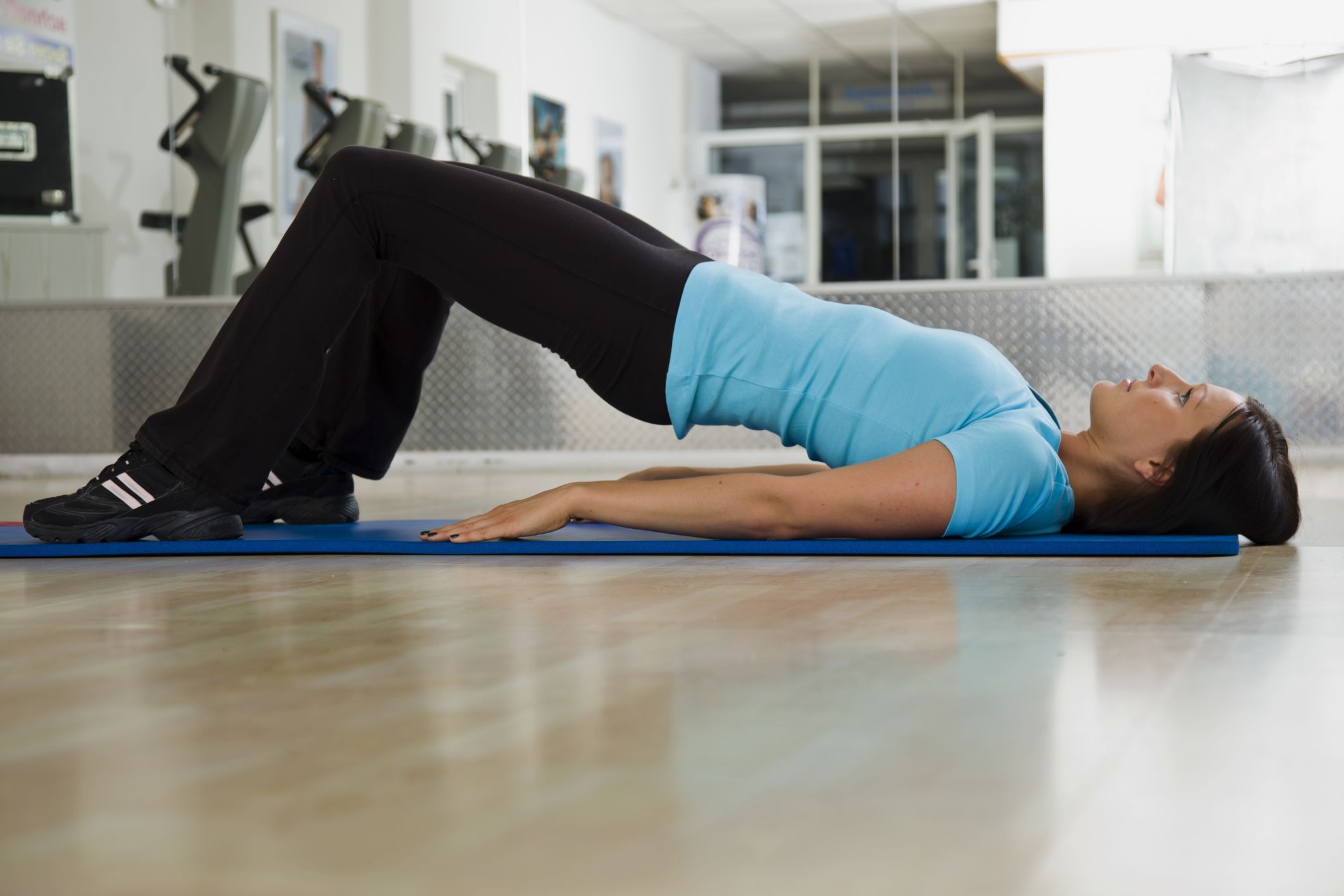
Periods can make you like an angry bird for obvious reasons. A gynecologist doctor in Karachi shared Some women experience a lot of symptoms as well, such as stomach cramps, indigestion, vomiting, nausea, etc. You may experience all of these symptoms along with bloating. But women who have goals to become fit can also get affected by periods.
Having periods can leave you in bed for days. You can skip a few days of your workout during your menstruation. But do you know what happens when you exercise during your periods?
Yes, it benefits your overall health and is also a good option for your period flow.
In this article, you will learn about the benefits of physical fitness. Personal Loan in UAE, New and Old Car Loan, Home Mortgage Loan, Credit Cards, Business Loan
What are the Benefits of Exercising on your Periods?
Your periods cannot stop you from achieving your fitness goals. Women get affected by both physical and mental health ways. But you can manage the symptoms and health at the same time with some exercise.
When it comes from a hormonal standpoint, it is a very complex time that almost every woman experiences once a month. During these periods, both progesterone and estrogen are at their lowest. Women may feel tired and exhausted during this time. But it is a myth that avoiding exercise is a good step for women during their periods but it isn’t a fact.
You can exercise and it will benefit you in many ways. Here in this section, you will read about the benefits of exercise during periods.
Natural Endorphins
No matter which exercises it is, every such physical activity leads to high natural endorphins. It helps in boosting mood and also makes you feel good. During periods, you can try some low-intensity exercises that are beneficial for releasing endorphins. They also work as a natural pain reliever. For women who experience uncomfortable conditions during the period, it means that you also need to go with the exercises with low impact as it will help as a painkiller.
Boosts Mood
Women get irritated with small things during this period. They experience different symptoms due to periods but it is also managed. You can manage these symptoms with exercises. Try some exercises during your periods and it will boost your mood as well. Yes, exercise enhances mood by increasing blood circulation in the body. Women also experience menstrual cramps and back pain. These body conditions associated with periods can be managed by exercises.
More Power and Strength
If you exercise for an entire month, you will get more power and strength for the first two weeks of your menstrual cycle. It happens due to the low levels of female hormones. So, every woman should get the benefits of exercise along with the goal of staying fit.
Deal with Painful Periods
The painful period is like a nightmare that many women may experience. Having lower abdomen cramps, back pain, nausea, and many other symptoms during periods can affect fitness goals and mood as well. You can manage all of these cramps at once with some good steps. Yes, here we are talking about the exercise that you can perform at home for painful periods. Light walking can also bring a good change in your period cramps and also make you feel good.
What Exercises are the Best During Periods?
You may feel discomfort during the first days of your menstruation. It happens that you bleed a lot and here you need some gentle movement that can help with blood circulation. It is also considered a good time to reduce the workout intensity but you need some gentle body movements to stay fit. These gentle physical activities also contribute to relieving pain during periods.
Low-Volume Strength Training
You need power-based activities, smart moves along with low-volume strength during your periods. Longer flow sessions can help with overall health and also help in your blood flow during periods. Make sure that you go in the right direction.
Light Walking
Light walking or even light cardio is also very effective for overall health. You should make sure that you go with low-intensity exercises. It supports the health of the lungs and even makes you feel better. You can walk at home but stay gentle to yourself as it will help with flow.
Yoga and Pilates
Having symptoms of periods can make you feel stressed out but you can manage them with some yoga and Pilates. Yes, it is easier than you think. All you need is to find a peaceful area where you can sit and enjoy your yoga sessions which are helpful to alleviate symptoms of periods.
The Bottom Line!
Regular exercise is the key to staying fit and healthy. But you can also try low-impact exercises during periods. These exercises benefit your overall health and also reduce the symptoms.

 Others10 months ago
Others10 months agoDavid T Bolno: Why Giving Back To The Community Is So Crucial

 Travel10 months ago
Travel10 months agoPractical And Essential Car Interior Accessories To Add Comfort And Convenience To Your Drive
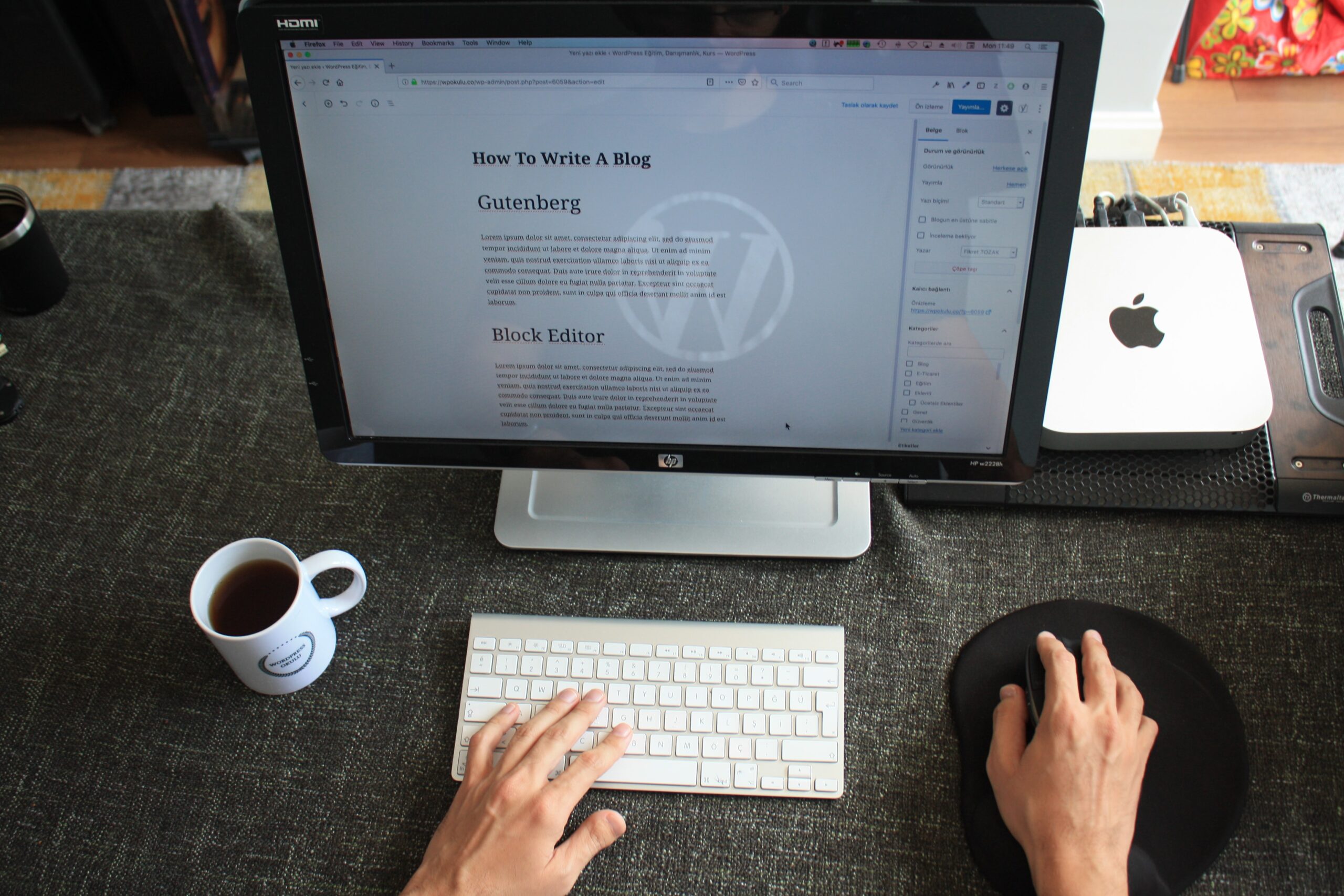
 Travel10 months ago
Travel10 months agoBusiness Visa for CANADA

 Business10 months ago
Business10 months agoTop Reasons Why you Need to Consider Outsourcing Real Estate Photo Editing

 Health10 months ago
Health10 months agoGarlic Is The Best Vegetable To Treat Heart Problems
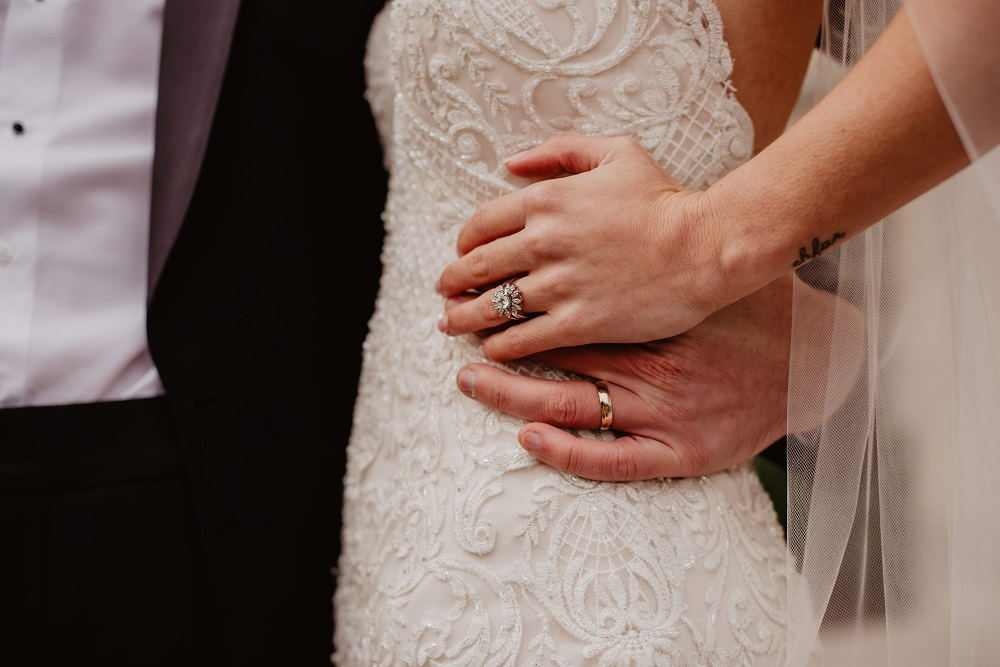
 Fashion10 months ago
Fashion10 months agoTips For Choosing The Right For Engagement Diamond Rings

 Business10 months ago
Business10 months agoDead And Co Setlist What They Played At The Gorge Amphitheatre
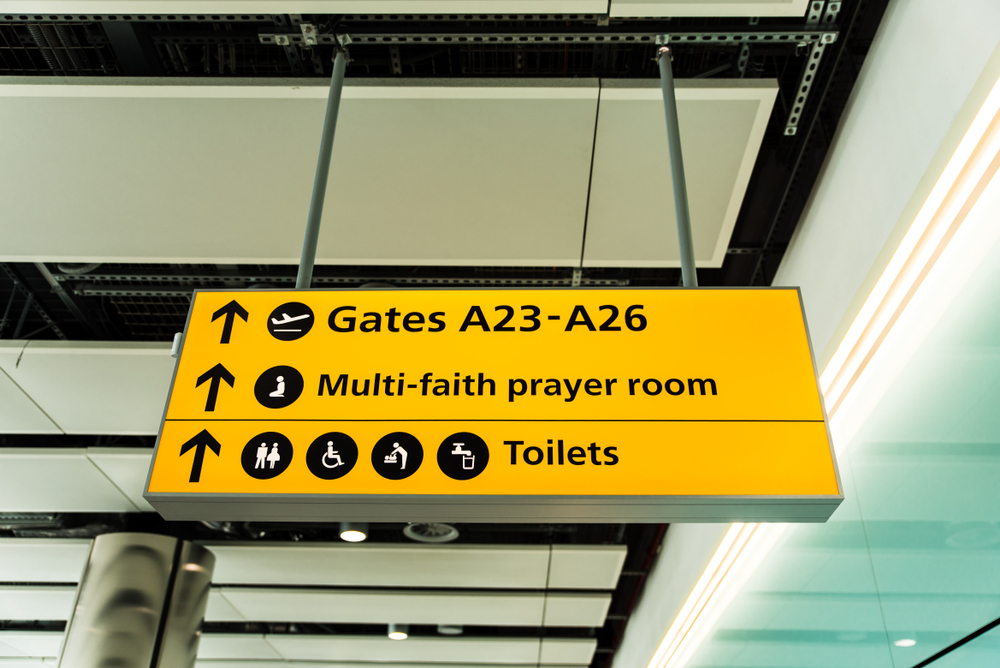
 Tech10 months ago
Tech10 months agoThe Best Way to Never Get Lost: Buy Wayfinding Signs!